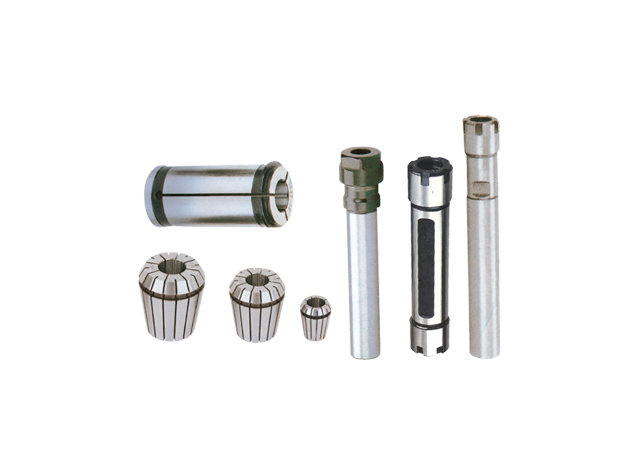Focus on tool design and R & D
Precision cutting tools from Germanymanufacturer
+86 133-9231-4699
Focus on tool design and R & D
+86 133-9231-4699

Cemented carbide is a special metal. The hardness test of cemented carbide can reflect the difference in mechanical properties of cemented carbide materials under different chemical composition, structure and heat treatment process conditions. Therefore, the hardness test of metal materials It is widely used in the inspection of cemented carbide properties, the supervision of the correctness of the heat treatment process and the research of new materials.
The characteristics of the hardness test of cemented carbide metal materials are: it is a non-destructive test, and the test method is relatively simple. The hardness test of cemented carbide metal materials has strong adaptability to the shape and size of cemented carbide specimens, and the test efficiency is high. In addition, there is a certain correspondence between the hardness of cemented carbide materials and other physical properties.
Metal material laboratory hardness test and cemented carbide tensile test are basically testing the ability of metal to resist plastic deformation. These two metal material tests are to detect the similar characteristics of cemented carbide metal to some extent. Therefore, the test results are completely comparable to each other. Cemented carbide tensile test equipment is huge, complex operation, sample preparation, and low test efficiency. For many cemented carbide metal materials, there is a conversion table for hardness test and tensile test. Therefore, when testing the mechanical properties of cemented carbide materials, more and more hardness tests are used instead of tensile tests.
Cemented carbide has high hardness and wear resistance, and is often used in the manufacture of metal cutting tools, measuring tools, molds, etc. Generally, when the material hardness is high, the wear resistance is also high; when the bending strength is high, the impact toughness is also high. But the higher the material hardness, the lower its bending strength and impact toughness. Due to its high bending strength, impact toughness, and good machinability, high-speed steel is still the most widely used tool material, followed by cemented carbide.
One of the cemented carbides is made of one or several carbides as the hardening phase and alloy steel powder as the binder, which is called steel structure cemented carbide. Its hardness is between steel and cemented carbide, but its toughness is greatly improved and it can be processed by cutting and heat treatment.

Mobile QR code

Official account

Applet



